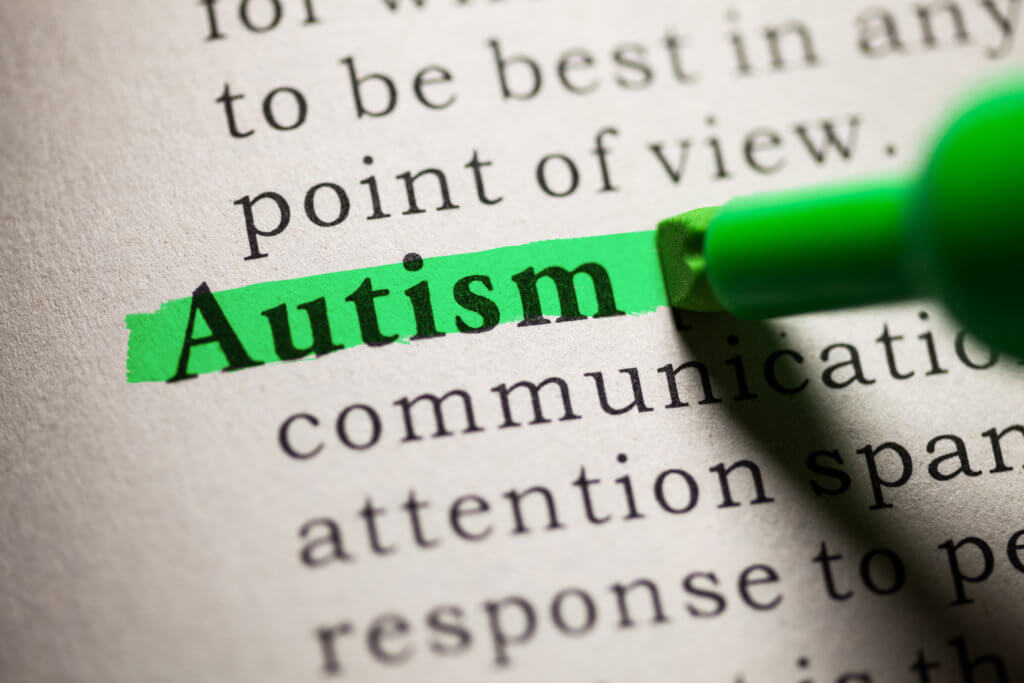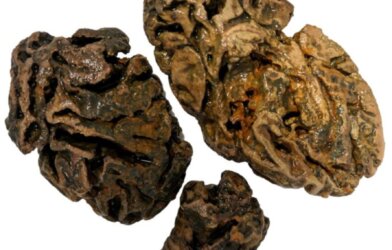The word autism evokes fear, and anger, sometimes guilt and sometimes shame, but rarely, if ever, does it evoke warmth, or peace, or hope. There are few diseases so intensely researched, yet still so elusive. It’s an ideal topic for creating realms of disinformation. No doubt you’ve heard about an alleged link between autism and the MMR vaccine. It was brought to the attention of the public only when the 1998 research article which claimed such a connection was found to be fraudulent. There are still catastrophic consequences occurring, however, which are fallout from the original deception.
Now the public is being told that there is an association between acetaminophen taken during pregnancy and autism or ADHD in the child. Lawyers promise that they will collect damages on behalf of parents with autistic children. The research is early and equivocal.
The Brain Tomorrow message: facts, not feelings, not fear, tell the truth about autism. Seek out trustworthy sources. Be skeptical while you search for the facts. This caution is for anything (make that everything), you read and hear about autism.
Brain changes associated with autism
Brain changes in autism are distributed throughout the cerebral cortex rather than in just two brain regions as previously thought, according to a new study at the University of California – Los Angeles. The study clarifies understanding of how autism spectrum disorder (ASD) progresses at the molecular level.
The researchers found brain changes in the 11 cortical regions analyzed, without specificity for higher critical association regions – those involved in functions such as reasoning, language, social cognition and mental flexibility.
“This represents the culmination of more than a decade of work of many lab members, which was necessary to perform such a comprehensive analysis of the autism brain,” says co-author Dr. Daniel Geschwind, UCLA’s Gordon and Virginia MacDonald Distinguished Professor of Human Genetics, Neurology and Psychiatry, in a statement.
Geschwind’s first effort to determine the molecular pathology of autism involved two brain regions, the temporal and frontal lobes. They were chosen for their involvement in higher cognition – especially social cognition, known to be disrupted in ASD.
For the new study, researchers examined gene expression in 11 cortical regions. They compared brain tissue samples obtained after death from 112 people with ASD against healthy brain tissue.
The greatest changes were in the visual cortex and the parietal cortex, which process touch, pain, and temperature. The researchers speculated that these changes may explain the sensory hypersensitivity often found in people with autism spectrum disorder.
“We now finally are beginning to get a picture of the state of the brain, at the molecular level, of the brain in individuals who had a diagnosis of autism,” says Geschwind. “This provides us with a molecular pathology, which is similar to other brain disorders such as Parkinson’s, Alzheimer’s and strokes. It provides a key starting point for understanding the disorder’s mechanisms, which will inform and accelerate development of disease-altering therapies.”
The study is published in the journal Nature.











